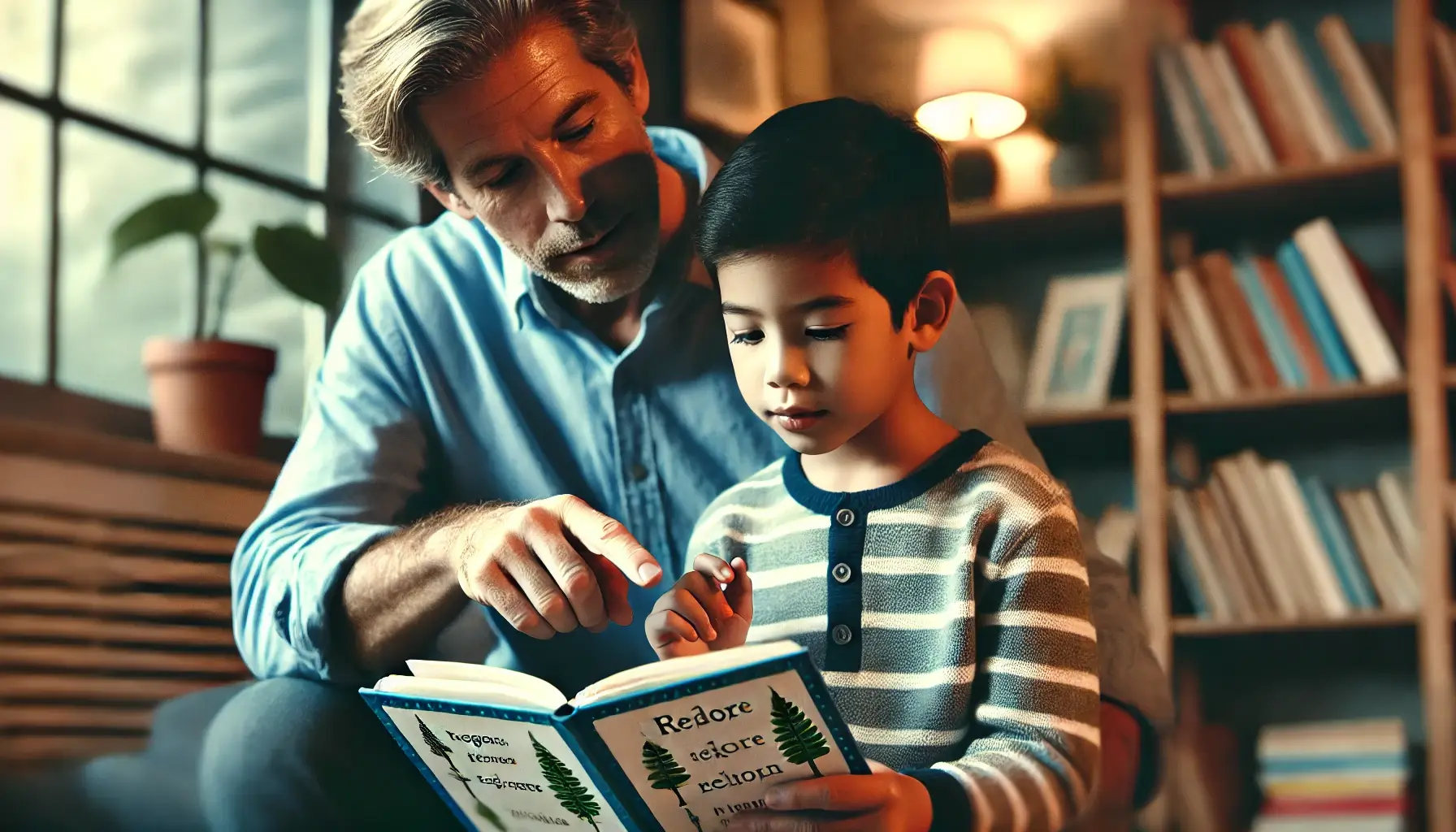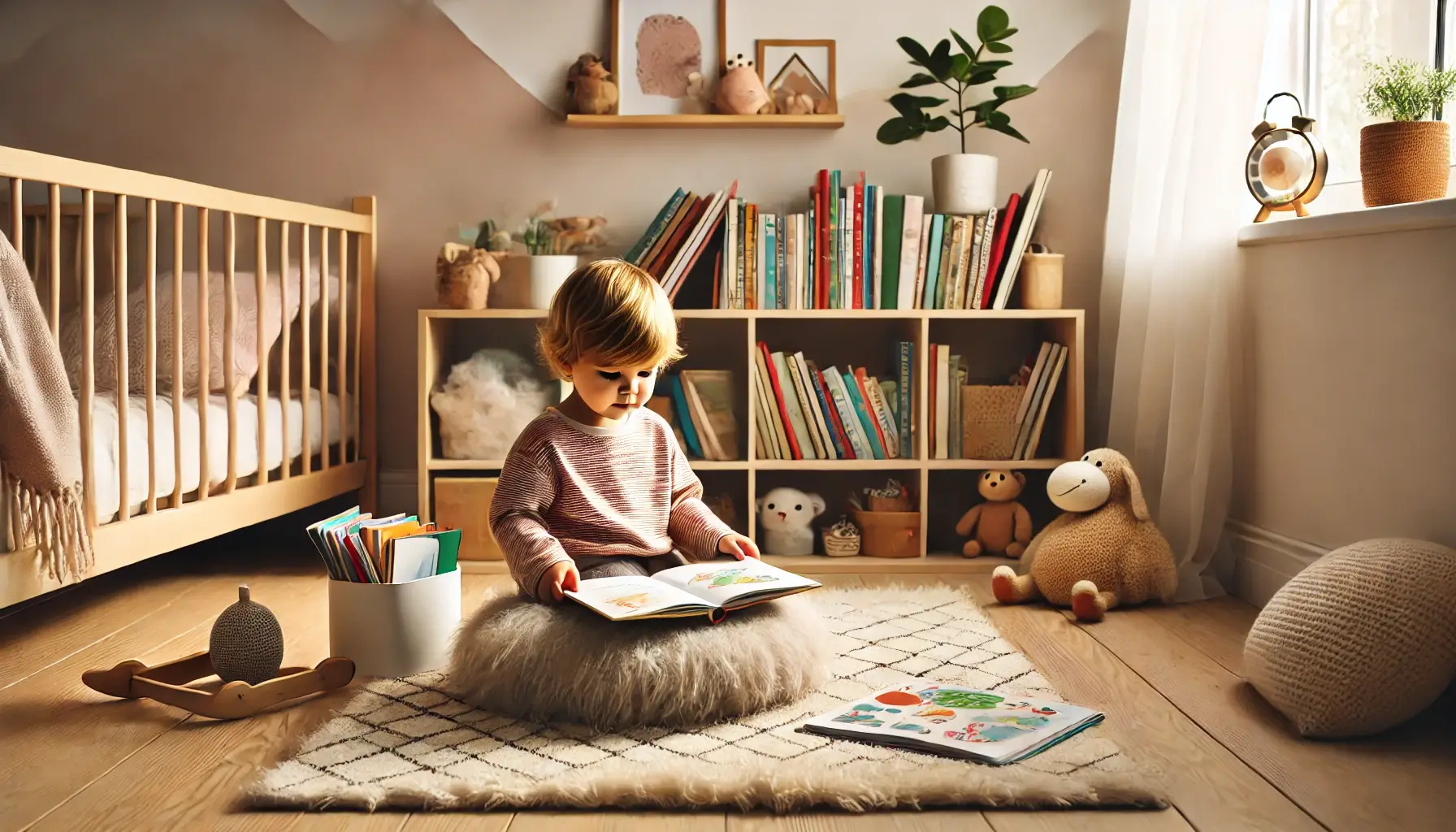Contents
Introduction
Bedtime can be a challenging time for both babies and parents. Many babies struggle to wind down, leading to difficulties falling asleep, nighttime awakenings, and frustration for the whole family. Fortunately, there are several calming techniques that can help ease the bedtime transition and make falling asleep a smoother process. In this article, we’ll explore the top five calming techniques for bedtime and provide practical steps for implementing them effectively.
For more detailed resources on improving your baby’s sleep, check out the Baby Sleep Miracle guide, which offers comprehensive strategies for creating better sleep habits.
1. Warm Bath Before Bed
A warm bath is one of the best ways to signal to your baby that bedtime is approaching. The warm water relaxes your baby’s muscles, reduces tension, and has a soothing effect on their body and mind. It is also a great opportunity for sensory stimulation that is calming rather than overstimulating, helping your baby feel more secure and ready for sleep.
How to Implement:
- Use a gentle baby soap with a calming fragrance, such as lavender, which is known to promote relaxation.
- Keep the bath time short and enjoyable—about 5-10 minutes is enough to relax your baby without over-stimulating them.
- Avoid making bath time too exciting by using loud toys or splashing too much.
After the bath, gently dry your baby with a warm towel, dress them in comfortable pajamas, and continue with other bedtime activities like storytime or cuddling. For more about setting up a complete bedtime routine, see our article on the importance of a consistent bedtime routine.
2. Gentle Baby Massage
Baby massage is an excellent calming technique that helps reduce stress hormones, improve digestion, and enhance parent-baby bonding. Massage is particularly effective for babies who are irritable due to discomfort or overstimulation, as it helps them relax and promotes a sense of security.
How to Implement:
- Use a small amount of baby-safe oil, such as coconut or olive oil, to gently massage your baby’s arms, legs, back, and tummy.
- Use slow, rhythmic strokes and maintain eye contact with your baby to create a sense of connection.
- Play soft music in the background or sing a lullaby to enhance the calming effect of the massage.
Tip: The power of touch cannot be underestimated. Gentle massaging can help promote self-soothing skills, which are vital for falling asleep independently. Learn more about self-soothing techniques in our dedicated guide.
3. Reading a Bedtime Story
Reading to your baby before bedtime is a wonderful way to transition from a busy day to a peaceful night. The sound of your voice, combined with the calming nature of the story, helps your baby relax, prepares them for sleep, and promotes positive sleep associations. This is a great bonding opportunity for both parents and babies.
How to Implement:
- Choose short, simple books with repetitive text and calming illustrations.
- Avoid books that are too stimulating or have too many interactive elements, as these can excite rather than calm your baby.
- Create a cozy reading environment with dim lighting and have your baby either in your lap or lying comfortably nearby.
Reading a bedtime story is a crucial part of creating a bedtime routine that works for your baby, as it promotes relaxation and makes the transition to sleep easier.
4. Playing White Noise
White noise can be a highly effective tool in helping your baby drift off to sleep. The soft, steady sound mimics the environment of the womb and helps block out household noises that may disrupt your baby’s sleep. White noise is particularly helpful for babies who are easily startled by sudden noises or who have difficulty settling down.
How to Implement:
- Use a white noise machine or a mobile app to play a consistent sound, such as rain, ocean waves, or a gentle hum.
- Place the machine at a safe distance from the crib to avoid overexposure but ensure it’s loud enough to mask other noises.
- Avoid turning the volume too high—white noise should be soft and soothing, not too loud or intrusive.
Tip: White noise can help reduce nighttime awakenings by creating a steady auditory environment. For more insights on reducing bedtime resistance, explore our article on the importance of creating a sleep-friendly environment.
5. Swaddling for Comfort
Swaddling can provide comfort to newborns and young infants, as it mimics the snug, secure feeling of being in the womb. Proper swaddling helps reduce the startle reflex, which often wakes babies, and provides a calming effect that allows your baby to feel safe and fall asleep more easily.
How to Implement:
- Use a lightweight blanket or a swaddle wrap to securely wrap your baby, ensuring their arms are gently positioned by their sides.
- Make sure the swaddle isn’t too tight—your baby should have enough room to move their hips and legs comfortably.
- As your baby grows and begins to roll over, transition away from swaddling to a sleep sack for safety.
Swaddling works especially well in the early months when babies are adjusting to the new sensations outside the womb. As your baby grows older, gradually shift to other self-soothing techniques, as mentioned in our article on encouraging self-soothing for older babies.
Combining Techniques for Maximum Effect
While each of these calming techniques works well individually, combining several of them can lead to even better results. For example, you can start the bedtime routine with a warm bath, followed by a gentle massage, and end with a bedtime story while playing white noise softly in the background. This holistic approach ensures that your baby feels safe, comfortable, and ready to fall asleep.
When to Seek Professional Help
If you have tried multiple calming techniques and your baby continues to struggle with bedtime, it may be time to consult a pediatrician or a sleep specialist. Sleep issues may sometimes be linked to medical or developmental concerns, and addressing these underlying issues can lead to significant improvements in your baby’s sleep quality.
Conclusion
Calming techniques are an essential part of the bedtime process, helping both babies and parents enjoy a peaceful transition to sleep. By incorporating techniques like a warm bath, gentle massage, reading a bedtime story, playing white noise, and swaddling, you can create a soothing bedtime experience that promotes better sleep and reduces nighttime disruptions. Start implementing these techniques tonight and watch as bedtime becomes less stressful and more enjoyable for everyone involved.
For a comprehensive guide on improving your baby’s sleep, be sure to visit Baby Sleep Miracle for additional tips and support.






